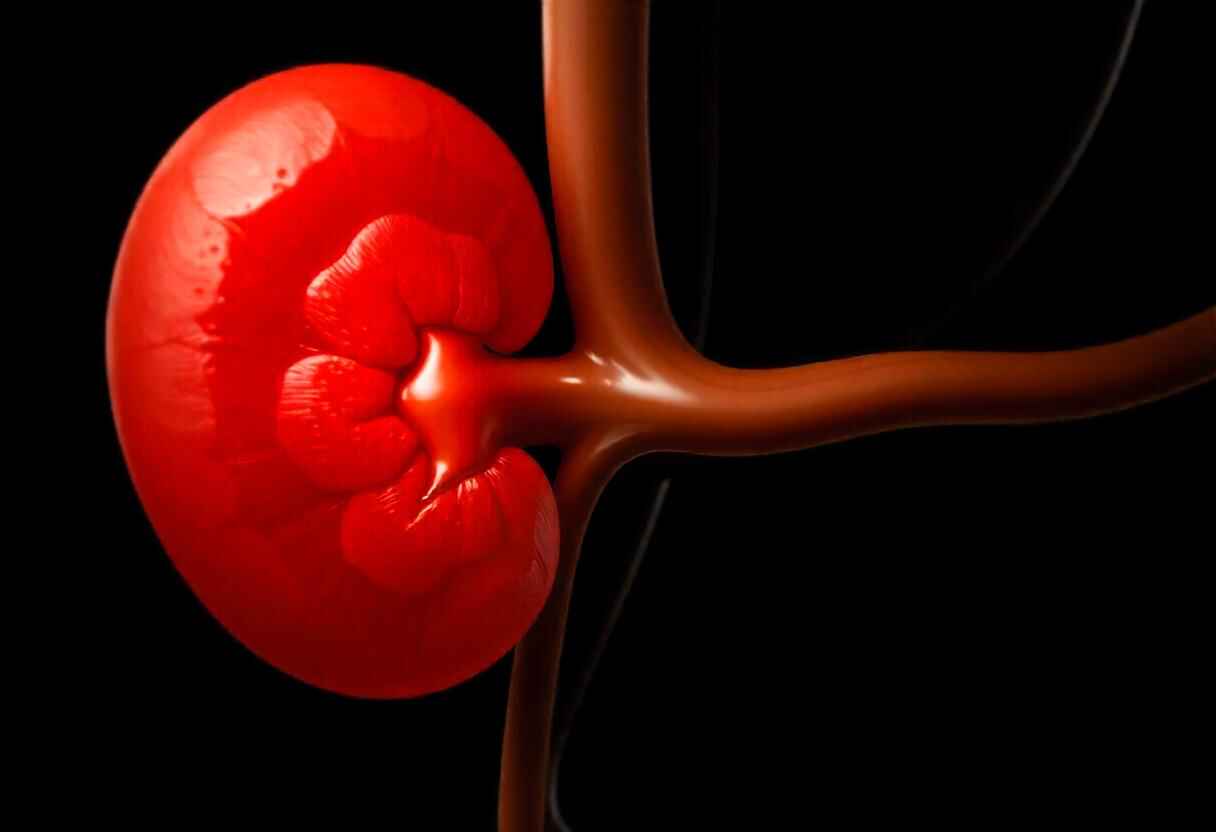Kidney cysts are fluid-filled sacs that can form in one or both of the kidneys. They are relatively common and are often discovered incidentally during imaging tests for other conditions. Most kidney cysts are benign (non-cancerous) and do not cause any symptoms or health problems. However, certain kidney cysts can become problematic, and understanding when a kidney cyst is dangerous is important for managing kidney health effectively.
Types of Kidney Cysts
To understand when a kidney cyst becomes dangerous, it is important first to know the different types of kidney cysts:
- Simple Cysts: These are the most common type of kidney cysts and are typically harmless. Simple cysts have a thin wall, contain clear fluid, and are usually round or oval. They do not generally require treatment unless they cause symptoms or complications.
- Complex Cysts: These cysts have irregular shapes, thicker walls, or may contain solid material or septations (dividing walls within the cyst). Complex cysts are less common and may be associated with a higher risk of cancer.
- Polycystic Kidney Disease (PKD): This is a genetic disorder characterized by the formation of numerous cysts in the kidneys. Over time, these cysts can grow large and lead to a loss of kidney function, which can be life-threatening.
What Size of Kidney Cyst Is Considered Dangerous?
The size of a kidney cyst alone is not the only factor that determines its danger. Instead, it is a combination of the size, appearance, and symptoms that helps doctors assess the risk. Generally, kidney cysts are considered more dangerous when they are larger or have certain features. Here are some guidelines:
Size Considerations
- Small Cysts (Less than 3 cm): Cysts smaller than 3 centimeters are typically considered benign and do not usually cause problems. These cysts are often monitored with periodic imaging to ensure they do not grow or develop concerning features.
- Medium-Sized Cysts (3-5 cm): Cysts within this range may still be benign, but their risk increases slightly, particularly if they are complex or cause symptoms like pain or bleeding. Doctors might suggest regular monitoring to check for any changes in size or structure.
- Large Cysts (Greater than 5 cm): Cysts larger than 5 centimeters are more likely to cause symptoms and complications. They can lead to pain, discomfort, and sometimes interfere with kidney function. Large cysts are more likely to be complex and may require further evaluation to rule out malignancy (cancer).
Complexity of the Cyst
Simple vs. Complex Cysts: As mentioned, simple cysts are less likely to be dangerous. However, complex cysts, regardless of size, are more concerning because they have a higher potential to be cancerous. Doctors use the Bosniak classification system to evaluate the risk of malignancy based on cyst characteristics seen in imaging studies such as CT or MRI scans.
Presence of Symptoms
Cysts that cause symptoms such as persistent pain in the side or back, blood in the urine (hematuria), fever, or signs of infection (like a cyst becoming infected) are more concerning and may warrant treatment, regardless of size. Symptoms can indicate that the cyst is pressing on surrounding tissues, blocking urine flow, or becoming infected.
Effect on Kidney Function
Large cysts, particularly those associated with polycystic kidney disease, can press on the kidney tissue and reduce kidney function over time. Cysts that cause significant compression of the kidney tissue or obstruct the urinary tract may lead to chronic kidney disease, which is a dangerous condition that requires medical intervention.
Treatment Options
The treatment for a kidney cyst depends on its size, type, and associated symptoms:
- Observation: For small, simple cysts that do not cause symptoms, doctors often recommend regular monitoring with periodic imaging tests to ensure the cyst does not grow or change in appearance.
- Aspiration and Sclerotherapy: If a cyst is causing symptoms, it may be drained (aspirated) using a needle, and then a sclerosing agent can be injected to shrink the cyst and prevent it from refilling with fluid.
- Surgery: For large or complex cysts, especially those causing symptoms or with suspicious features, surgical removal may be necessary. Surgery can often be done laparoscopically, which is minimally invasive and allows for quicker recovery.
- Managing Complications: In cases of polycystic kidney disease, treatment focuses on managing symptoms and complications, such as high blood pressure or kidney failure. This may include medications, lifestyle changes, or in severe cases, dialysis or a kidney transplant.
Conclusion
Not all kidney cysts are dangerous, but understanding the factors that contribute to their risk is crucial for maintaining kidney health. Size, complexity, and symptoms are key considerations in determining whether a kidney cyst requires further evaluation or treatment. Regular medical check-ups and imaging studies can help monitor cysts and ensure timely intervention if needed. If you experience any concerning symptoms or have been diagnosed with a kidney cyst, consult with a healthcare professional to determine the best course of action.
